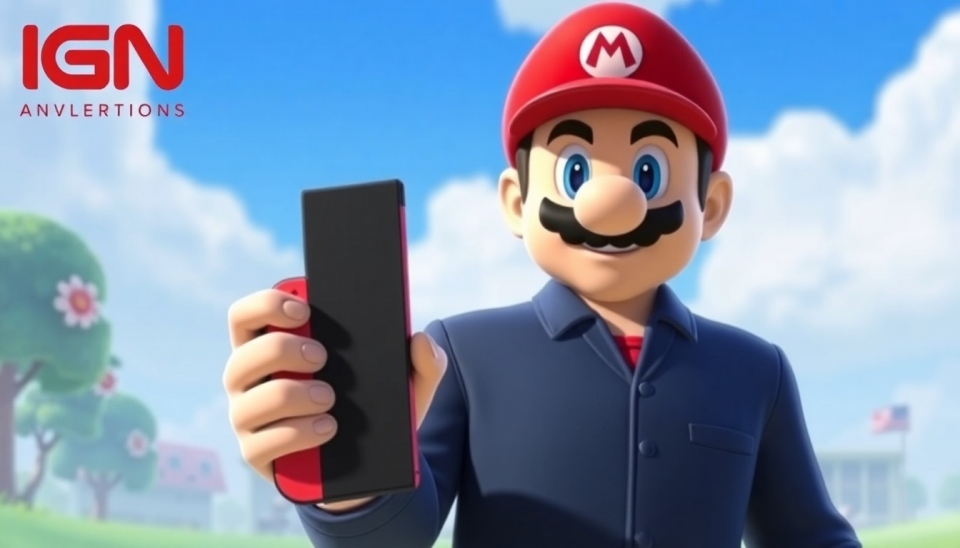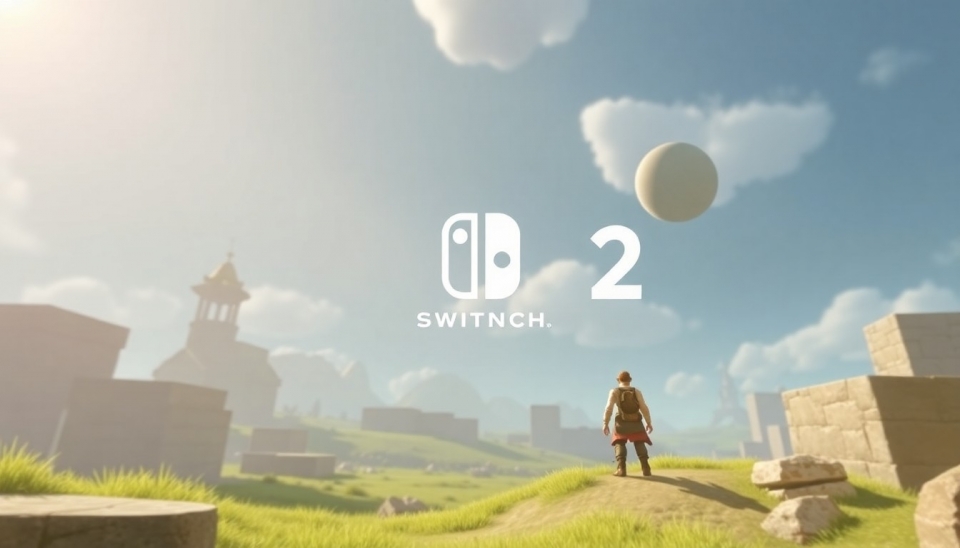
In an unexpected turn of events, consumers may soon face higher prices for two of the biggest gaming consoles on the market: the anticipated Nintendo Switch 2 and the popular Sony PlayStation 5 (PS5). Industry sources have indicated that an increase in tariffs could be the catalyst for a significant price adjustment for these gaming devices, stirring worries among gamers and industry experts alike.
Understanding the dynamics of global trade, tariffs are essentially taxes imposed by one country on the products coming from another. With the evolving policies and trade tensions among nations, especially between the United States and certain Asian manufacturers, the gaming industry's ripple effects are starting to emerge. Both Nintendo and Sony are calling attention to the potential financial burden that these tariffs could place on their already heavily marketed consoles.
Rumors are swirling after executives from both companies hinted at the need for an increase in retail prices if the tariff structure remains unchanged. Currently, the PlayStation 5 retails at around $499.99, while the Nintendo Switch has been staying steady at about $299.99. Experts predict that the new pricing strategy could elevate the cost of these consoles, making them less accessible to potential buyers, particularly during an era where the gaming sector has seen an unprecedented rise in demand.
The gaming market has transformed into a colossal player in the entertainment industry, with ever-evolving technology and increasingly immersive experiences drawing in millions of users. However, this increasing reliance on continuous innovation comes with its fiscal challenges. As development costs rise and global economics shift, manufacturers are faced with tough decisions regarding price adjustments in order to maintain profitability.
Industry analysts believe that if both Nintendo and Sony proceed with these price hikes, it could instigate a domino effect throughout the gaming industry. Other manufacturers might follow suit, further escalating the cost of entry into the gaming world. The concern among consumers is palpable, especially as many households are feeling the economic strain from inflation and market volatility.
In response to the speculation about price increases, both companies have issued statements emphasizing their commitment to providing the highest quality gaming experience. However, they concurrently acknowledged the challenging landscape forged by rising production costs and tariffs. Engaging in discussions to mitigate these issues, the companies are exploring potential ways to offset the financial impacts without significantly burdening consumers.
For gamers eagerly awaiting the launch of the Nintendo Switch 2, expected to hit shelves later this year, the question looms larger than ever: will the impending price increase affect the allure of a new generation of gaming technology? Similarly, with the PS5 already showcasing impressive sales figures, will consumers still be willing to splurge as costs rise?
As these companies navigate the complexities of international trade and consumer expectation, the coming months will be crucial in determining the landscape of next-gen gaming. Stakeholders, industry pundits, and consumers will remain on high alert, monitoring how these developments unfold in a sector that is as competitive as it is beloved.
As the gaming community prepares for possible changes, many are strategizing their purchasing plans and evaluating how these price hikes could influence their gaming experiences. As always, the battle between cost-efficiency and technological advancement continues, but for now, all eyes are on Nintendo and Sony to see how they will respond in this ever-evolving marketplace.
#NintendoSwitch2 #SonyPS5 #GamingNews #PriceHikes #Tariffs #GamingIndustry #ConsoleGaming #VideoGames #TradePolicy
Author: John Miller
